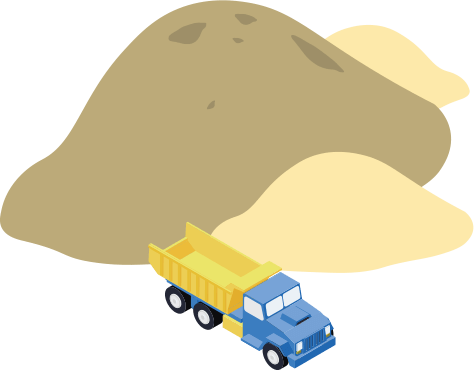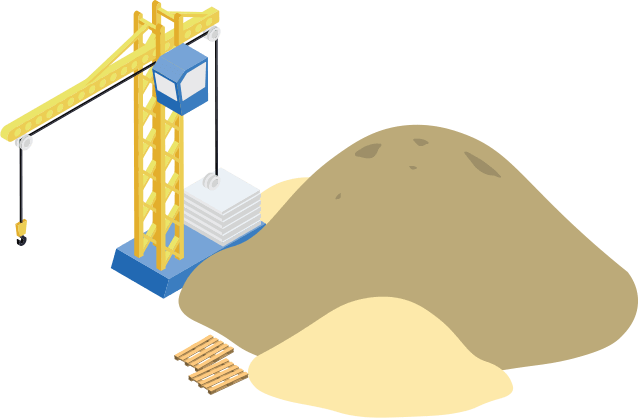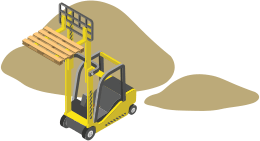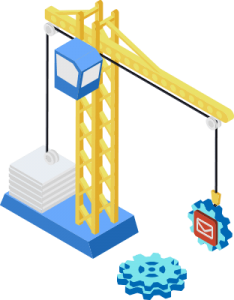If you have or are thinking about developing an online store, you should know just how important the checkout process is.
Most orders put into shopping carts are never completed. The order is abandoned somewhere during the process before the visitor becomes a customer and actually pays. In some stores, it is so bad that only a tiny percentage, perhaps one in 30, actually buy.
Often, the fastest and biggest improvements for online-store sales come from work to improve the checkout process.
This is one area we’ve learned a lot about over the years.
ADD TO CART
First, it should be very easy to add something to your shopping cart. If it isn’t obvious how to do it, you will lose an enormous number of people right there.
What happens once an item is added to the cart? It should be immediately obvious that you have succeeded in adding something to your cart. It has become common to have a little cart icon up on the top right of the screen, with a number showing how many items are now in your cart.
As the owner of the store, you have a choice at this point. Do you take them directly to display the cart, do you leave them on the same page where they added the product from, or do you take them perhaps back to the main store navigation? This is a question with no single right answer. If 99% of your customers are only going to buy one item, why not take them directly to the cart? Otherwise, why not make it easy to continue shopping and purchase multiple items?
MINI-BASKET DISPLAY
There are several versions of “mini-basket” displays. These are usually in the upper right. The above-mentioned cart icon with the number of items in the basket is the simplest version of this. They can also display a running total of the cost of items in the cart. Sometimes a click or rollover on the icon will open up a box listing what items and quantities, sometimes with dollar amounts. Sometimes with a link to start the checkout process, without ever going through a full-page cart display. These displays normally close by clicking anywhere else on the page. Again, there is no “always right” answer. The rule of thumb is, provide the information the user wants, as clearly and easily as possible, and make it as obvious as possible how to do the next thing – continue shopping, see the full cart display, or start the checkout.
TESTING
This is a good time to point out the importance of testing the checkout process. We’ve already named two points on which the best answer varies. How do you know which is right for your store? You test, ideally A/B tests where two variations are shown, in equal numbers, to different shoppers. Given enough data, you get a definite answer as to which is best. The answers are often surprising and lead to immediately increased store sales.
One caution: You must have a large enough sample to be “statistically significant”. If you don’t know Statistics, the simple answer is to keep the test running until the percentages don’t change much. It often takes a MUCH larger sample to get to this point than you would think.
And keep testing. The best stores never stop testing and improving their checkout process.
SHIPPING CHARGES
Here’s another digression. By now, your customers are probably wondering about shipping charges, if you haven’t made this clear. Best is always free shipping or some very simple formula like “$5 shipping on all U.S. orders.” People HATE not knowing how much something is actually going to cost them.
Before you go doing something more complicated, perhaps to try and get a larger dollar amount out of the sale, PLEASE think about this. Is it worth it to lose many sales in order to get a few bucks extra on the sales you don’t blow off? Thanks to Amazon Prime people feel entitled to free shipping. Of course, the shipping isn’t really free – it’s built into the item pricing.
Often people think hiking the product price is a losing proposition. Not if it prevents losing completely a ton of sales from people trained by Amazon to expect free shipping.
If you are going to do something different, PLEASE make it as easy as possible to find out what the shipping charges will be. And test to find out if it is really worth it.
BASKET DISPLAY
When someone is ready to start the checkout process, they either click on the basket display, or they have a “checkout” button. I highly recommend both options. Any time you can potentially save a click, it’s worth it.
The full basket display must give all the details of the order. It must make it easy and obvious to change your order. Stores have lost my business because I couldn’t figure out how to remove an item from the cart or to change the quantity.
You also make it dirt simple to continue shopping, with a prominent “continue shopping” button. In fact, every screen from this point on must allow the shopper to do all of these things easily – continue the checkout process, change the quantity of or remove an item from their cart (and get an updated total), and continue shopping.
If the only obvious alternative is leaving your store – people will.
TO BE CONTINUED
There’s plenty more to know about the checkout process. So I’m going to continue this with next week’s blog. Topics still to be covered include:
- What else do they need to know?
- Accounts or no accounts
- Breadcrumbs – where are you now?
- What will this button do?
- Keeping them on track
- What if they leave?
- After the purchase
So stay tuned….









